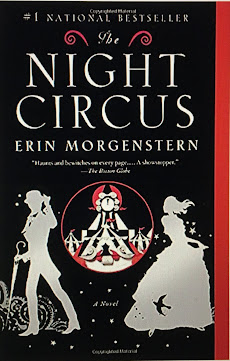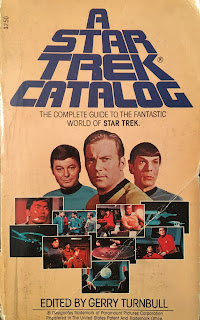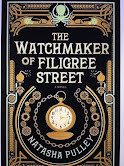It Took Years to Write: The McCartney Legacy
The McCartney Legacy Volume 1 1969 -73 by Allan Cozen and Adrian Sinclair
Review by Theresa Gauthier
sort of book that gives you a real feeling of accomplishment when you finish reading it. The book includes a bibliography, a selected discography, a selected videography, and a list of concert tours starting with The University Tour of 1972.
Detailed in the extreme, reading it puts you right there in the midst of Paul’s world. I’m no musician and I worry sometimes that a book like this, heavy on the details of recording sessions, might be too technical for me, but this is not the case. The McCartney Legacy will tell you who played on certain records, how songs were written, where songs were recorded, and dives deep on the details of everything from instruments to tour dates to cover art for albums.
I’m sure a lot of people who’ve read previous books on McCartney and The Beatles will wonder just what’s left to learn. The truth is, there’s more than you’d think.
Old, familiar stories are given far more detail here than in other books. For instance, learning more about Linda’s beginning in Wings was an eye-opener. I was always a Wings fan, and truthfully, I love Linda. I’ve never blamed her for the breakup of The Beatles, and no, I don’t blame Yoko Ono either. The Beatles were young, but they were grown men, and the responsibility for the decisions they made lands squarely on their shoulders NOT on the women they loved.
Linda’s inclusion in the band seemed natural and reasonable in the right perspective. Why wouldn’t Paul want his wife to perform with him? I admire her bravery. It would have been easier either to refuse to participate from the beginning or to quit after the ridicule from music reviewers started. She didn’t take the easy route. She weathered the storm.
The book’s focus is on Paul and the music, of course, and starts with McCartney, the solo album he released in 1970. This first album takes us through this album, the formation of Wings, and right up to the release of Band on the Run and traces many tracks through the myriad sessions (and sometimes numerous years) from inception to completion.
It’s for this sort of in-depth look at Paul’s music that made me want to read the book in the first place. Tracing a song from its earliest moment through every change, every addition, and every new idea through to the final released version is fascinating. I’ve always wondered about some of the musical choices Paul made.
Band on the Run from the album of the same name (released in 1973) is a song I’ve always found intriguing. Learning that it was three disparate songs that Paul believed worked together to tell the story of the album he was trying to put together seems both obvious and yet brilliant to me. This technique may be an old favorite of Paul’s as the authors say (certainly, he and John Lennon did the same thing with A Day in the Life on Sgt. Pepper’s Lonely Hearts Club Band), but it’s also one that I love. What could be better that to make a song out of two or more songs that otherwise might never have seen the light of day?
I loved the details of the recordings—where albums were recorded, who produced them, etc. I loved seeing George Martin’s name pop up from time to time, and of course loved reading about Ringo, George, and John. It’s really partially Linda’s story, though, and I’m pleased to see her in these pages.
The thing I think I loved most was finally learning more about the famous University Tour that wings did back in 1972. Just turning up one day at a random university and offering to play a concert—and yet some schools turned him down. They had reasons, but I can’t imagine not trying to sort something out and let Paul play!
Regardless of which songs or albums might be my favorite, the truth is that this book was engrossing on many levels. The authors manage to pull the reader into Paul’s world. More than 700 pages (if you count the discography, videography, etc) and printed in a small typeface, there’s a lot of information here. Yet it was fun to read. I can see myself reading this again and again.
If you’re a fan—and the type of fan who can get lost in the nerdiest of recording minutiae and trivia, this is a book you shouldn’t miss.







Comments
Post a Comment